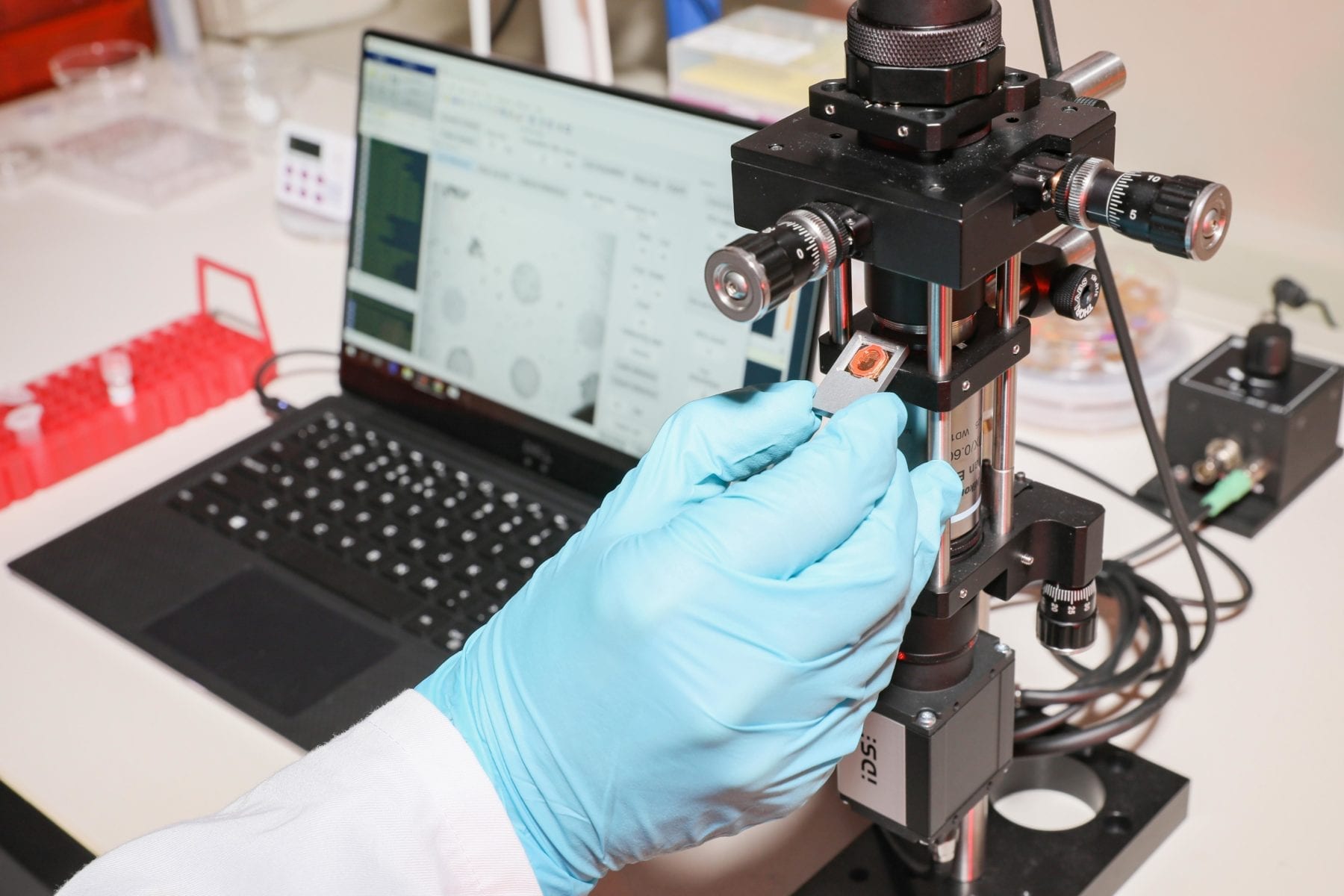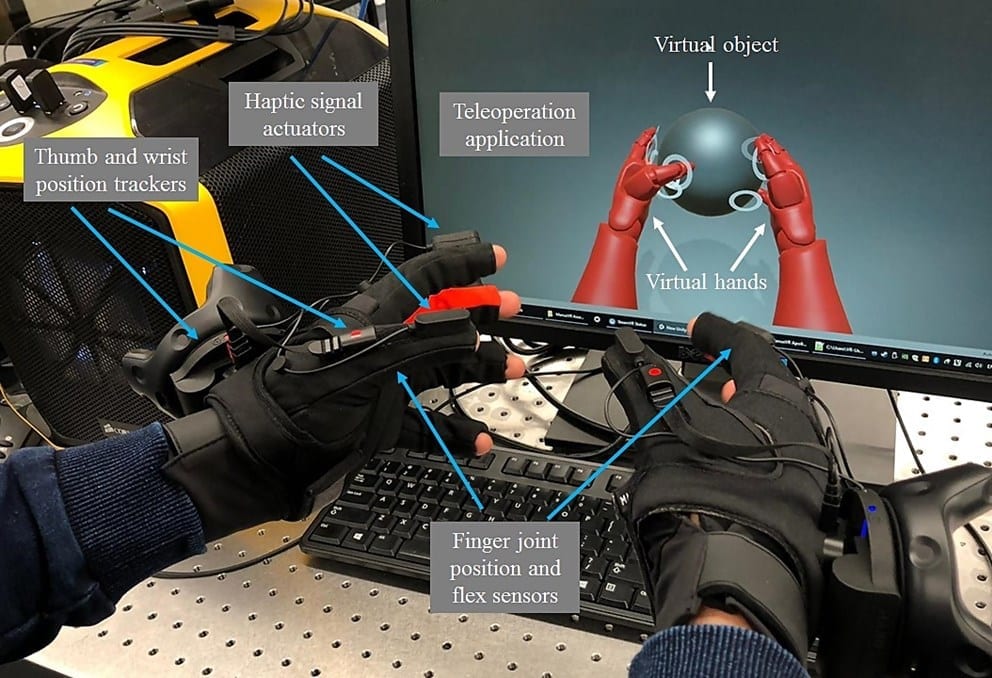It takes a few minutes to have a result, just like a pregnancy test
Credit: Alain Herzog / EPFL 2020
The Latest Updates from Bing News & Google News
Go deeper with Bing News on:
Sepsis
- Tucson Mother and Boyfriend Charged with First-Degree Murder in Child's Sepsis Death
An Arizona mother and her boyfriend face murder charges for the death of her 11-year-old son due to untreated sepsis, with evidence of fentanyl use at their home.
- New drug reduces vascular leak and endothelial cell dysfunction in mice with sepsis
A new drug could prevent sepsis-related organ failure and death by restoring the health of a patient's blood vessels. Researchers from The University of Queensland and the Queensland Children's ...
- Queensland researchers develop drug to fight sepsis
Queensland researchers have developed a drug to fight sepsis, a disease that kills 5000 Australians every year, including dozens of children The drug, which University of Queensland and the Queensland ...
- Study shows how sepsis can affect vascular smooth muscle cells on an acute and long-term basis
A recent study by University Medicine Halle shows how sepsis can lead to dysfunction of vascular smooth muscle cells. The researchers found that elevated lactate levels and acidosis, which can occur ...
- Overuse of antibiotics in newborns with suspected sepsis
Newborns in Sweden are given antibiotics for suspected sepsis to an unjustified extent. This is according to a study by the University of Gothenburg ...
Go deeper with Google Headlines on:
Sepsis
[google_news title=”” keyword=”sepsis” num_posts=”5″ blurb_length=”0″ show_thumb=”left”]
Go deeper with Bing News on:
Diagnosing sepsis
- First-in-class drug could prevent sepsis-related organ failure and death
A new drug could prevent sepsis-related organ failure and death by restoring the health of a patient's blood vessels. Researchers from The University of Queensland and the Queensland Children's ...
- IPC Consensus on Diagnosing Generalized Pustular Psoriasis Streamline Clinical Decision-Making
The IPC's definition and diagnostic criteria for GPP minimized the complexity of clinical considerations to speed treatment of this potentially life-threatening condition.
- New sepsis detection method using AI could lessen its deadly risk
Sepsis is the body's overreaction to an infection. It can happen to anyone and when it's severe, a lack of blood flow can quickly lead to fatal organ failure.
- Cytovale’s sepsis diagnostic test demonstrates 97.5% NPV in latest study
Medical diagnostics company Cytovale has announced the publication of data that shows its sepsis diagnostics tool IntelliSep has a negative predictive value of 97.5%. The FDA-cleared IntelliSep ...
- What is maternal sepsis and why are Black women twice as likely to develop it? Here's what you need to know.
Septic shock is the last and most severe stage of sepsis. Dr. Kelly Elmore, ob-gyn and chief of staff at Viva Life Health Hub, tells Yahoo Life that septic shock happens when bacteria gets into the ...
Go deeper with Google Headlines on:
Diagnosing sepsis
[google_news title=”” keyword=”diagnosing sepsis” num_posts=”5″ blurb_length=”0″ show_thumb=”left”]










